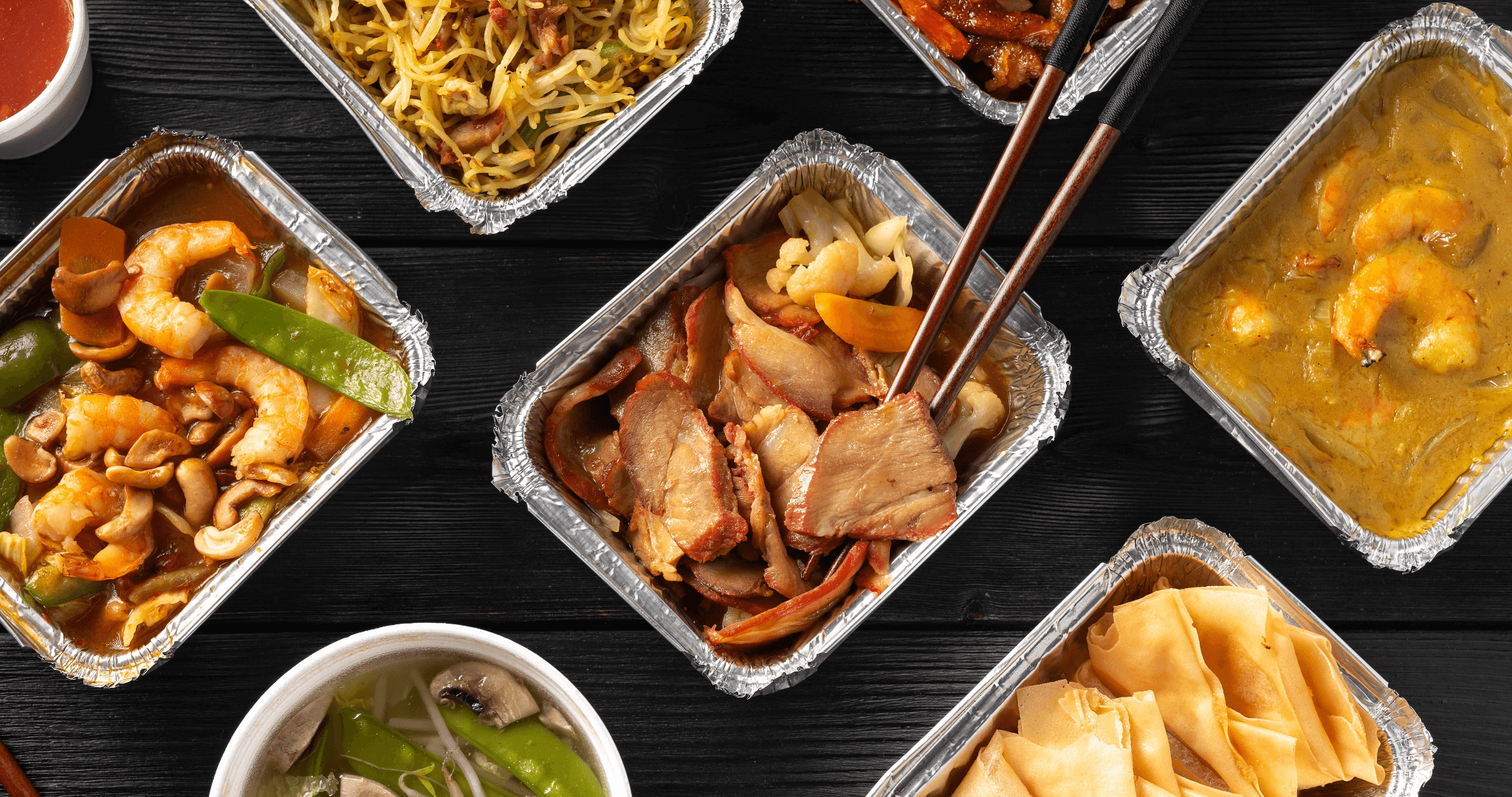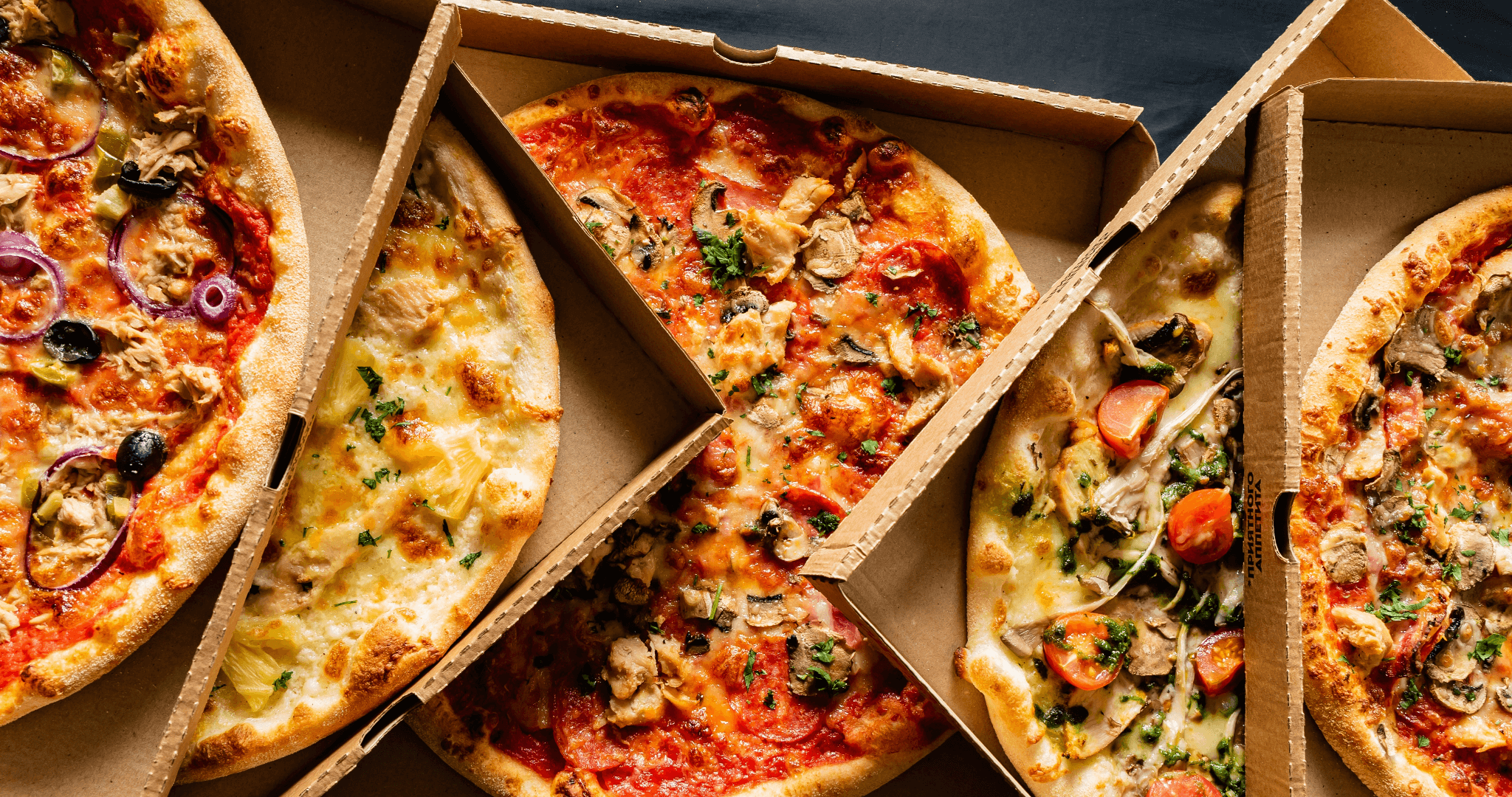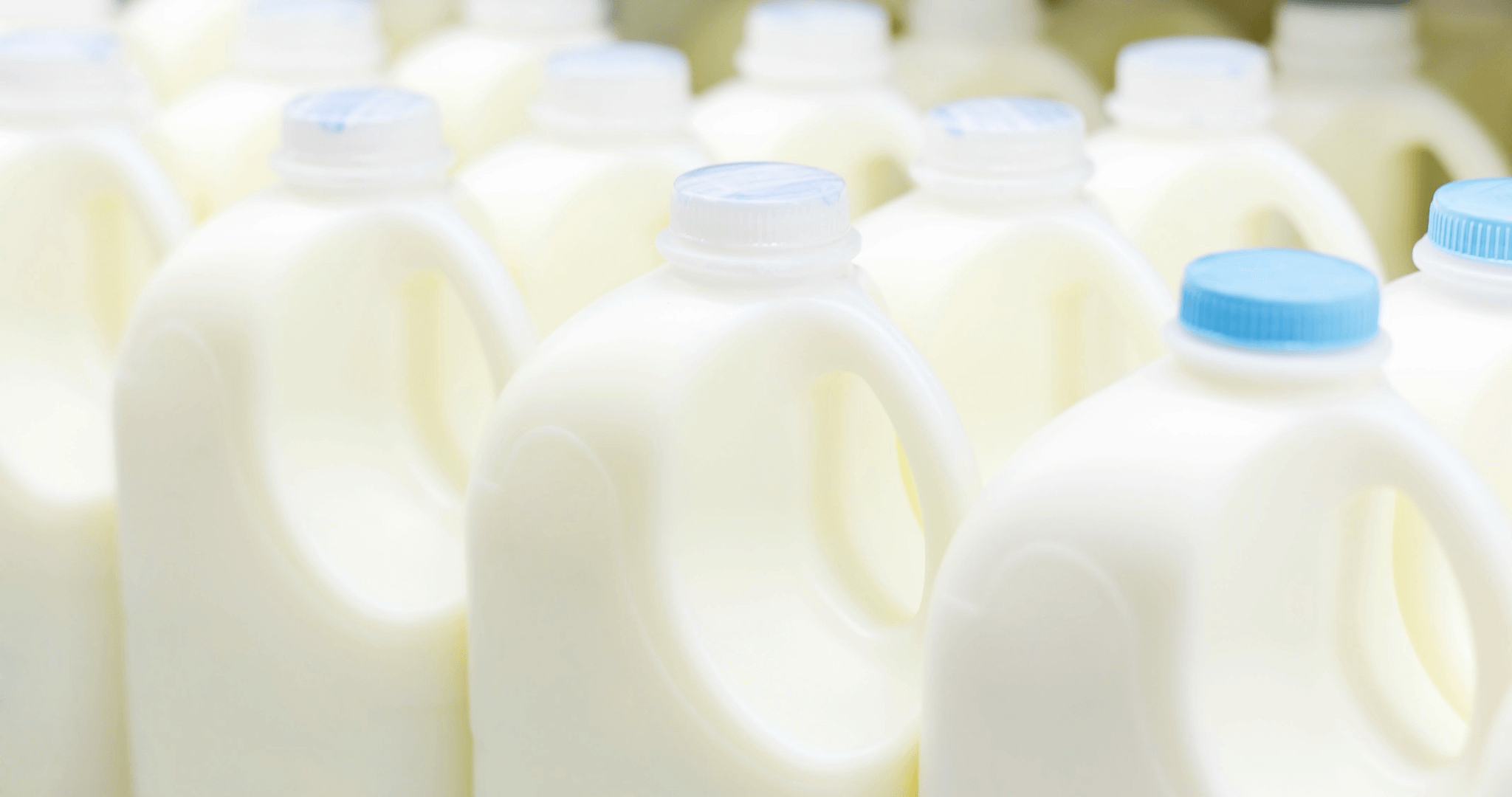Understanding 'Wishcycling' and How to Recycle Properly
Posted by Emily on 12th Oct 2023 Reading Time:
Recycling can be somewhat perplexing, especially with the differing rules on what can and cannot be put in our recycling bins. This guide aims to shed some light on the issue, focusing on the concept of 'wishcycling' and providing some valuable reminders about mixed recycling.

What is 'Wishcycling'?
Have you ever been unsure if something can be recycled, but you put it in the recycling bin anyway, hoping it can be? This is known as 'wishcycling'. It refers to the act of placing non-recyclable items into recycling bins, often stemming from a desire to recycle or simply confusion over what is recyclable.
However, 'wishcycling' is problematic. When non-recyclable items are mixed with recyclable ones, it causes contamination. This contamination can sometimes result in entire batches of materials (whether in a bin or even an entire lorry) being deemed unrecyclable, leading to increased waste.
Recognising the challenges many face, the government has announced plans to launch an initiative this summer to make the recycling process more straightforward.
Examples of Items to Be Cautious of
Takeaway Pizza Boxes: Before tossing it into recycling, inspect your pizza box. If it's stained or greasy, it's not recyclable and should go to general waste. But if parts, like the lid, are clean, tear them off and recycle them separately.

Disposable Drinking Cups - Many of these cups are made of mixed materials like paper and plastic. These mixed materials make them hard to recycle. However, the plastic lids are often recyclable. Some establishments also offer specialised recycling for these cups.
Drinking Glasses - Should you break a glass, firstly, inform an adult due to the safety risks. Broken glasses should be placed in general waste since they don't melt at the same temperature as recyclable glass bottles and jars.
Four Key Points on Mixed Recycling
Cleanliness Matters: If an item, especially a container, has any residue on it, it's unrecyclable. This residue can harm machinery and reduce the quality of the recycled product. Always rinse or clean your containers, particularly from food.
Single Items Are Best - Avoid placing one recyclable container inside another. These combined items often become non-recyclable since they can't be separated efficiently during processing.

Understand the Labels - Recycling symbols can be misleading. While clearer labels are on the horizon, it's best to double-check any recycling symbols and refer to guides that explain their meanings.
Beware of Composites - Containers with layered materials are called composites. Items like soup cartons or juice boxes, made of layered plastic and cardboard, require specialised recycling. Even if marked recyclable, they aren't suited for regular mixed recycling.

